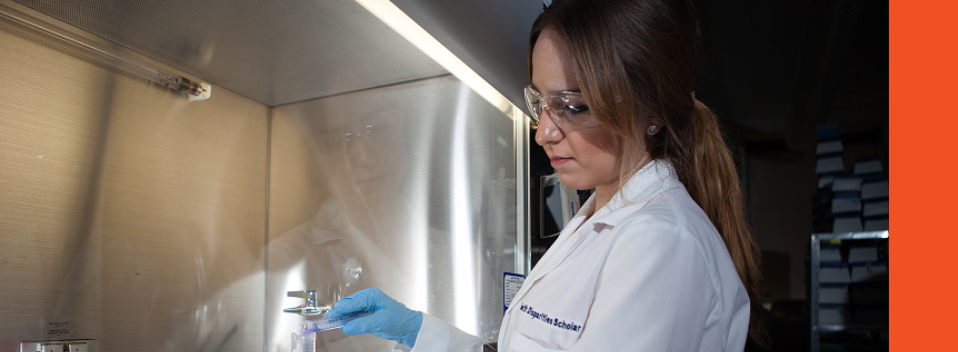
Health & Biomedical Sciences Faculty Publications and Presentations
Document Type
Article
Publication Date
3-2022
Abstract
A number of stimuli-responsive-based hydrogels has been widely explored in biomedical applications in the last few decades because of their excellent biodegradability and biocompatibility. The development of synthetic chemistry and materials science leads to the emergence of in situ stimuli-responsive hydrogels. In this regard, several synthetic and natural polymers have been synthesized and utilized to prepare temperature-sensitive in situ forming hydrogels. This could be best used via injections as temperature stimulus could trigger in situ hydrogels gelation and swelling behaviors. There are many smart polymers available for the formulation of the in situ based thermoresponsive injectable hydrogel. Among these, poly (ε-caprolactone) (PCL) polymer has been recognized and approved by the FDA for numerous biomedical applications. More specifically, the PCL is coupled with polyethylene glycol (PEG) to obtain amphiphilic thermosensitive “smart” copolymers (PCL-PEG), to form rapid and reversible physical gelation behavior. However, the chemical structure of the copolymer is a critical aspect in determining water solubility, thermo-gelation behavior, drug release rate, degradation rate, and the possibility to deliver a diverse range of drugs. In this review, we have highlighted the typical PCL-PEG-based thermosensitive injectable hydrogels progress in the last decade for tissue engineering and localized drug delivery applications to treat various diseases. Additionally, the impact of molecular weight of PCL-PEG upon gelling behavior has also been critically highlighted for optimum hydrogels properties for potential pharmaceutical and biomedical applications.
Recommended Citation
Dethe, M. R., Prabakaran, A., Ahmed, H., Agrawal, M., Roy, U., & Alexander, A. (2022). PCL-PEG copolymer based injectable thermosensitive hydrogels. Journal of Controlled Release, 343, 217-236. https://doi.org/10.1016/j.jconrel.2022.01.035
Publication Title
Journal of Controlled Release
DOI
10.1016/j.jconrel.2022.01.035


Comments
Original published version available at https://doi.org/10.1016/j.jconrel.2022.01.035
PMC Copyright notice